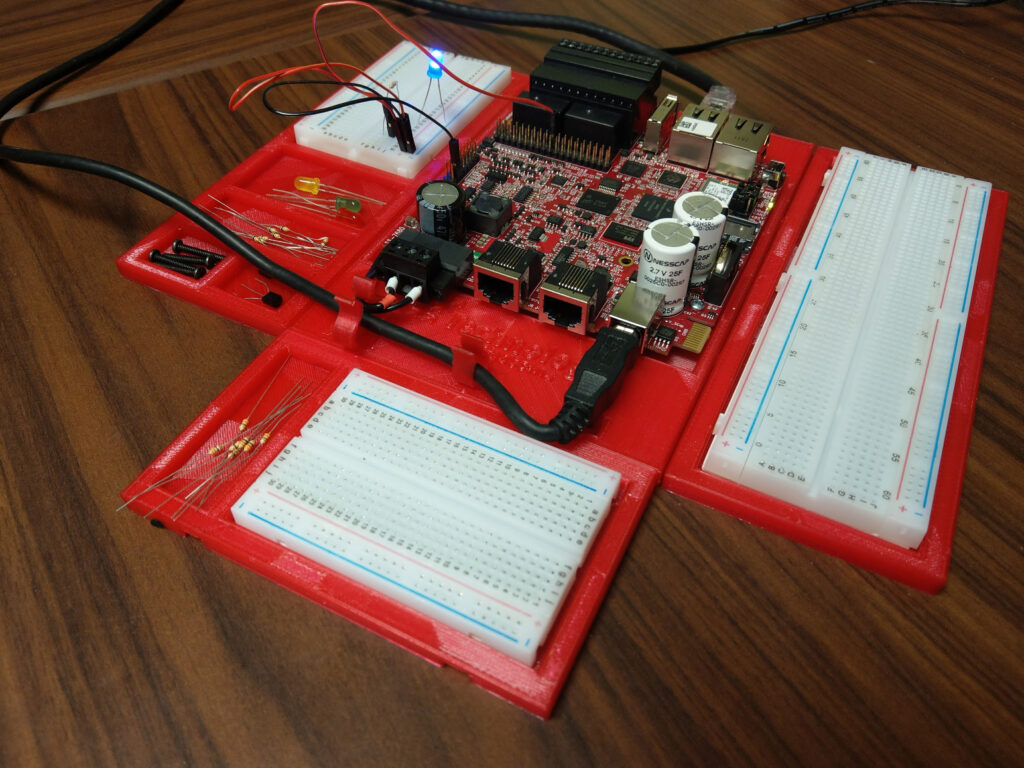TS-4100 System on Module powered by NXP i.MX6 UL Processor.
Feb 15, 2018 — Technologic Systems announced their latest System-on-Module, the TS-4100, has entered in to their engineering sampling program (see below for details). The TS-4100 is the first Technologic Systems System-on-Module to feature the NXP i.MX 6 UltraLite processor, featuring a single ARM Cortex A7 core, operating at speeds up to 695MHz. The NXP i.MX 6UL processors offer scalable performance and multimedia support, along with low power consumption. Technologic Systems allows you to take full advantage of the integrated power management module to optimize power sequencing throughout the board design to achieve 300 mW typical power usage, making this SoM perfect for embedded applications with strict power requirements. The TS-4100 is perfect for industrial embedded applications for medical, automotive, industrial automation, smart energy and many more applications.








